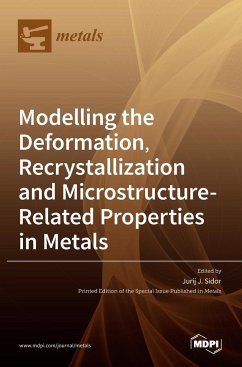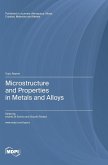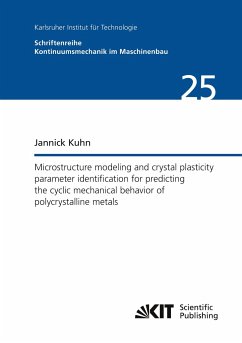In the special issue related to Modelling the Deformation, Recrystallization and Microstructure-Related Properties in Metals, we presented a wide spectrum of articles dealing with modelling of microstructural aspects involved in deformation and recrystallization as well as simulation of microstructure-based and texture-based properties in various metals. The latest advances in the theoretical interpretation of mesoscopic transformations based on experimental observations were partially discussed in the current special issue. The studies dealing with the modelling of structure-property relationships are likewise analyzed in the present collection of manuscripts. The contributions in the current collection evidently demonstrate that the properties of metallic materials are microstructure dependent and therefore the thermomechanical processing (TMP) of the polycrystalline aggregates should be strictly controlled to guarantee the desired bunch of qualities. Given this, the assessment of microstructure evolution in metallic systems is of extraordinary importance. Since the trial-error approach is a time-consuming and quite expensive methodology, the materials research community tends to employ a wide spectrum of computational approaches to simulate each chain of TMP and tune the processing variables to ensure the necessary microstructural state which will provide desired performance in the final product. Although many hidden facets of various technological processes and related microstructural changes were revealed in the submitted works by employing advanced computational approaches, nevertheless, the contributions collected in this issue clearly show that further efforts are required in the field of modelling to understand the complexity of material's world. The final goal of modelling efforts might be a development of a comprehensive model, which will be capable of describing many aspects of microstructure evolution during thermomechanical processing.








